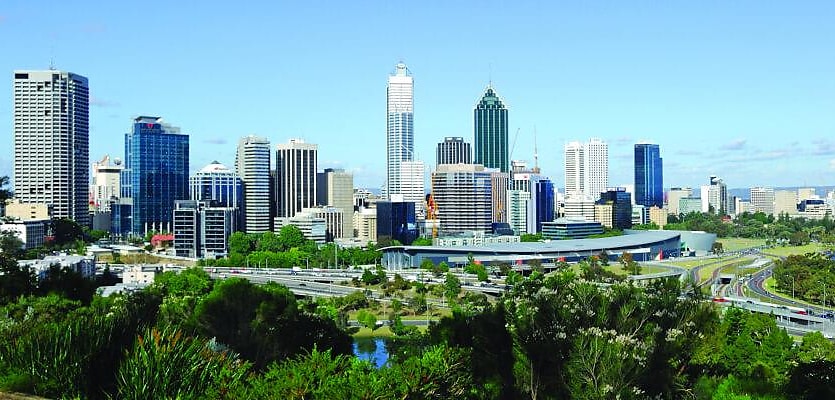Recent CoreLogic data shows which capital cities are the most affordable to enter with a deposit and stamp duty, and exactly how much stamp duty is required.
When entering the market for the first time, first home buyers would consider a 20 per cent deposit to put down on a property. However, CoreLogic’s research analyst Cameron Kusher says it is a misconception that 20 per cent is needed.
“It’s a common misconception that in order to purchase a home you need a 20 per cent deposit. Whilst a 20 per cent deposit is beneficial, it is not a necessity.
However, if you have a deposit of less than 20 per cent, most lenders will require you to pay lenders mortgage insurance (LMI). LMI can be paid up front or capitalised into the loan repayments.
“Either way, if a buyer is required to pay LMI, it will result in higher mortgage repayments or a larger up-front deposit. This analysis has made no provision for LMI costs.”
With the flexible nature of the deposit considered, Mr Kusher based the analysis on the 25th percentile of the market, as Kusher says it is indicative of prices first home buyers would be looking for.
The 25th percentile prices for the capital cities and the costs for a 20 per cent deposit and stamp duty on a 25th percentile property are:
| City | Price - house | Price - unit | Deposit and stamp duty cost - house | Deposit and stamp duty cost - unit |
| Sydney | $666,000 | $540,000 | $158,933 | $133,733 |
| Melbourne | $475,000 | $370,000 | $95,273 | $74,273 |
| Brisbane | $390,000 | $330,000 | $79,043 | $67,043 |
| Adelaide | $337,500 | $274,500 | $83,546 | $70,946 |
| Perth | $403,000 | $327,000 | $65,822 | $64,477 |
| Hobart | $275,875 | $225,000 | $64,477 | $54,302 |
| Darwin | $370,000 | $330,000 | $81,557 | $73,557 |
| Canberra | $525,000 | $361,165 | $120,107 | $87,340 |
As the data indicates, the cheapest capital city to enter into for both houses and units is Hobart.
According to Mr Kusher, data from CoreLogic and the Australian National University (ANU) revealed the challenge for first home buyers in Sydney and Melbourne is household incomes are not growing at the same rate as dwelling values.
CoreLogic data indicates dwelling values have increased from the last year to April 2017 to 16 per cent and 15.3 per cent for Sydney and Melbourne respectively, while household incomes have increased in the comparable period to last year to March 2017 by 4.6 per cent and 2.7 per cent in Sydney and Melbourne respectively.
“Entry into the housing market remains a real challenge, particularly in our largest and most expensive capital cities. Even in cheaper areas, household income growth is fairly slow which makes saving a deposit difficult,” Mr Kusher said.
“It is unclear as to how, absent a big fall in property prices, housing affordability for first home buyers can be greatly improved. Governments have tried incentives such as grants in the past and they generally just lead to greater demand and higher property prices.
“The future onset for the housing affordability challenge over the coming years could potentially create greater social pressures where our youth may look to move away from the commercial hubs of Sydney and Melbourne because housing costs are too high. Added to this, businesses may find it increasingly difficult to attract young talent unless they offer opportunities in areas where housing is more affordable, both from a purchase and rental perspective.”









You are not authorised to post comments.
Comments will undergo moderation before they get published.